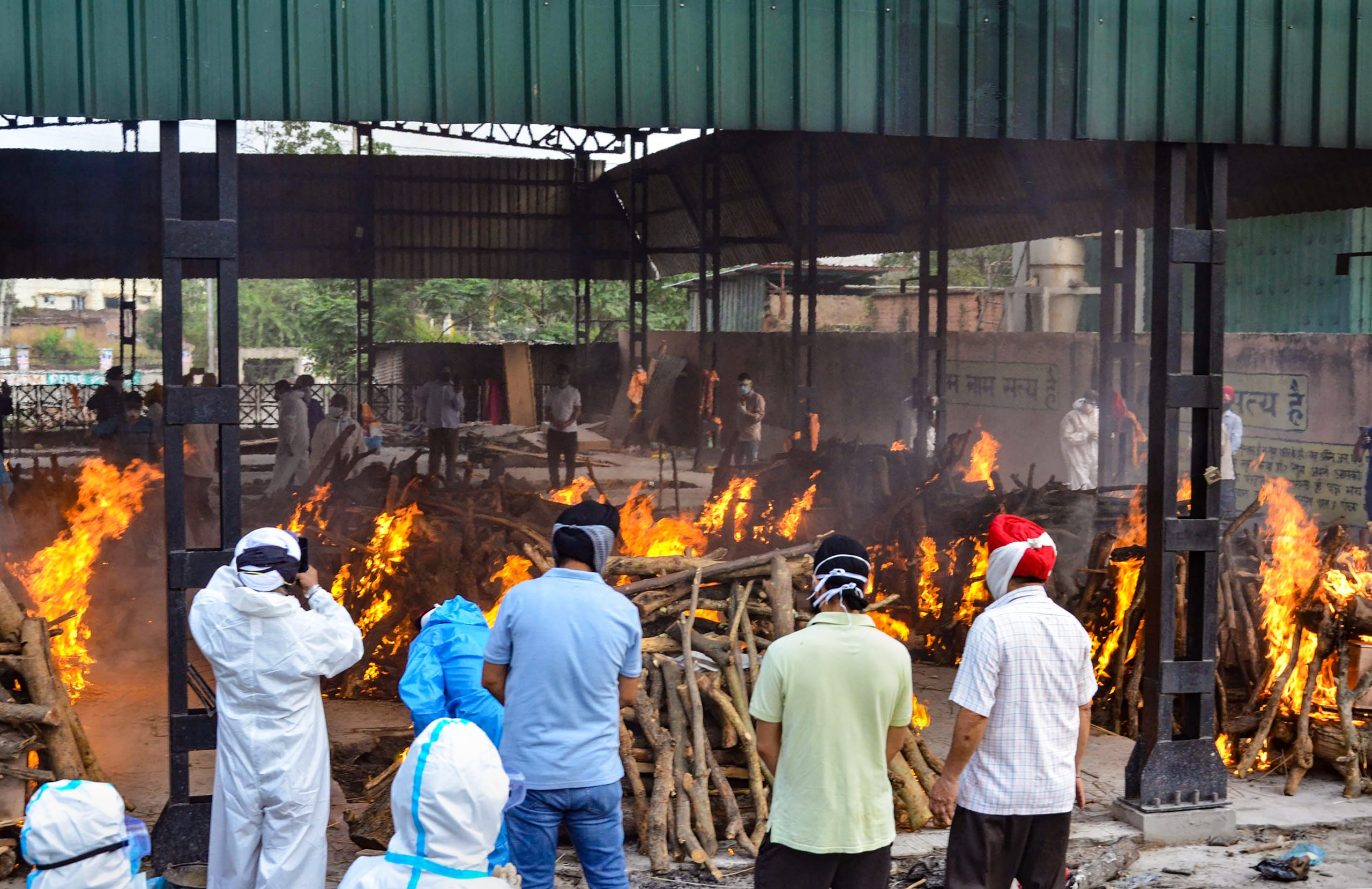The World Health Organisation has said that a recent risk assessment of India’s COVID situation found that there were several potential contributing factors behind the virus surge. Among them were “several religious and political mass gathering events which increased social mixing,” reported PTI.
Also read: PM Modi’s actions during India’s COVID crisis ‘inexcusable’: The Lancet
As India was witnessing an aggressive second wave of coronavirus, large election rallies were held in four states and the union territory of Puducherry, where Assembly elections were held in March-April. At the same time, Kumbha Mela, a large religious congregation, was allowed to be held in Haridwar, Uttarakhand.
The contributing factors also included “reduced adherence to public health and social measures (PHSM),” the WHO said.
Another major factor behind India’s COVID spike was the “increase in the proportion of cases of SARS-CoV-2 variants with potentially increased transmissibility.”
What did WHO say about coronavirus variants in India?
The WHO, in its COVID-19 Weekly Epidemiological Update, published Wednesday, said that viruses in the B.1.617 lineage were first reported in India in October 2020.
Also read: Scientists warned Centre about new COVID variant in early March: Report
“The resurgence in COVID-19 cases and deaths in India has raised questions on the potential role of B.1.617 and other variants (e.g., B.1.1.7 — first reported in the United Kingdom) in circulation,” the update said.
It further added that approximately 0.1% of positive samples in India have been sequenced and uploaded to GISAID to identify SARS-CoV-2 variants. GISAID enables rapid and open access to epidemic and pandemic virus data.
The WHO update said that “the prevalence of several VOCs including B.1.1.7 and B.1.612 sublineages increased concurrent to the surge in COVID-19 cases reported in India.”
“Since the identification of these variants through late April 2021, B.1.617.1 and B.1.617.2 accounted for 21% and 7% of sequenced samples from India,” the update said. It further added that preliminary analyses conducted by WHO using sequences submitted to GISAID suggest that B.1.617.1 and B.1.617.2 have a substantially higher growth rate than other circulating variants in India.
Earlier this week, the WHO had classified B-1617 variant of the coronavirus, first identified in India, as a “variant of concern“
Also read: UK coronavirus variant dominates north India, double mutant Maharashtra, Delhi
What did the WHO say about the global COVID situation?
The world health body said that this week, the number of COVID cases and deaths has decreased slightly, with 5.5 million cases and over 90,000 deaths.
India still accounts for “95% of cases and 93% of deaths in the South-East Asia Region, as well as 50% of global cases and 30% of global deaths,” the WHO said, adding that worrying trends were observed in the neighbouring countries.
The highest numbers of new cases were reported from India (2,738,957 new cases; 5% increase), Brazil (423,438 new cases; similar to previous week), the USA (334,784 new cases; 3% decrease), Turkey (166,733 new cases; 35% decrease), and Argentina (140,771 new cases; 8% decrease), it said, the news agency reported.
The South-East Asia Region reported over 2.8 million new cases and just under 29,000 new deaths, a 6% and a 15% increase respectively compared to the previous week. This marks the ninth consecutive week the incidences of cases and deaths have been increasing in the region.
The highest number of COVID deaths was recorded in India (26,820), followed by Indonesia (1,190), and Bangladesh (368).







